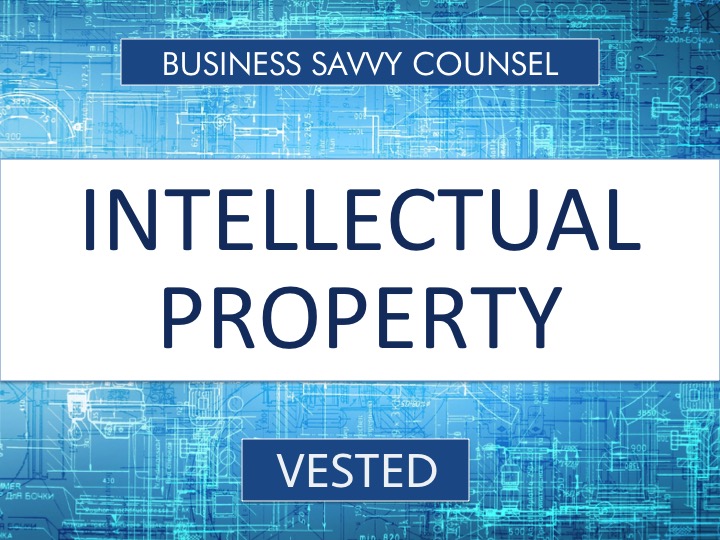By Todd R. Miller, Managing Partner.
All too often a company starts on one path—and through its business growth and evolution— finds itself on another one. What used to be the company’s core technologies or markets are no longer core. As a result, the company is paying maintenance fees annually in one if not many countries, yet by accounting standards, there is nothing to show for this overhead. While a company may desire to create and maintain a large IP portfolio for reasons other than immediate financial gain, e.g., cross-licensing, improving the bottom line should still be a consideration.
To elaborate, if for some reason an IP asset does not make the grade, then make the business decision to abandon it (and save money) or, better yet, monetize it (and make money). Monetizing the asset can take a number of forms, including the license or sale of the asset, or creating an entirely new subsidiary or spin-off to work the asset in a non-core manner. Rolls Royce is a great example of the latter. Texas Instruments, IBM, and HP are great examples of the former.
So how does a company know whether an IP asset “makes the grade” or perhaps identifies new, untapped IP? Conduct an IP audit.
An IP audit is a comprehensive review of all intellectual property assets owned, used, or acquired by a business. The scope may even include an analysis of other, related assets such as regulatory approvals, export certifications, goodwill, distribution and raw material networks, and marketing programs. Done right, an IP audit allows management to make informed decisions.
Depending on the scope of the audit, each asset and all supporting documentation are typically analyzed and assessed for strengths and weaknesses in the context of the company’s overall business. A determination may be made as to how the asset fits within the current vision of the company’s core technologies or markets; the expected date of expiration of the asset; any encumbrances on the asset; any potential risks associated with the asset; etc.
Such determinations are typically reduced to writing. Whether a report is prepared internally or externally, great care must be taken as anything in writing may show up in court. For example, where the scope calls for a financial valuation of each asset, a company must understand that any such valuation may very well be used against the company at trial. Identifications of risks that include potential or actual infringement also fall within the category of think-before-you-write. Finally, if appropriate, label the report attorney-client privileged, attorney work product, or the like.

